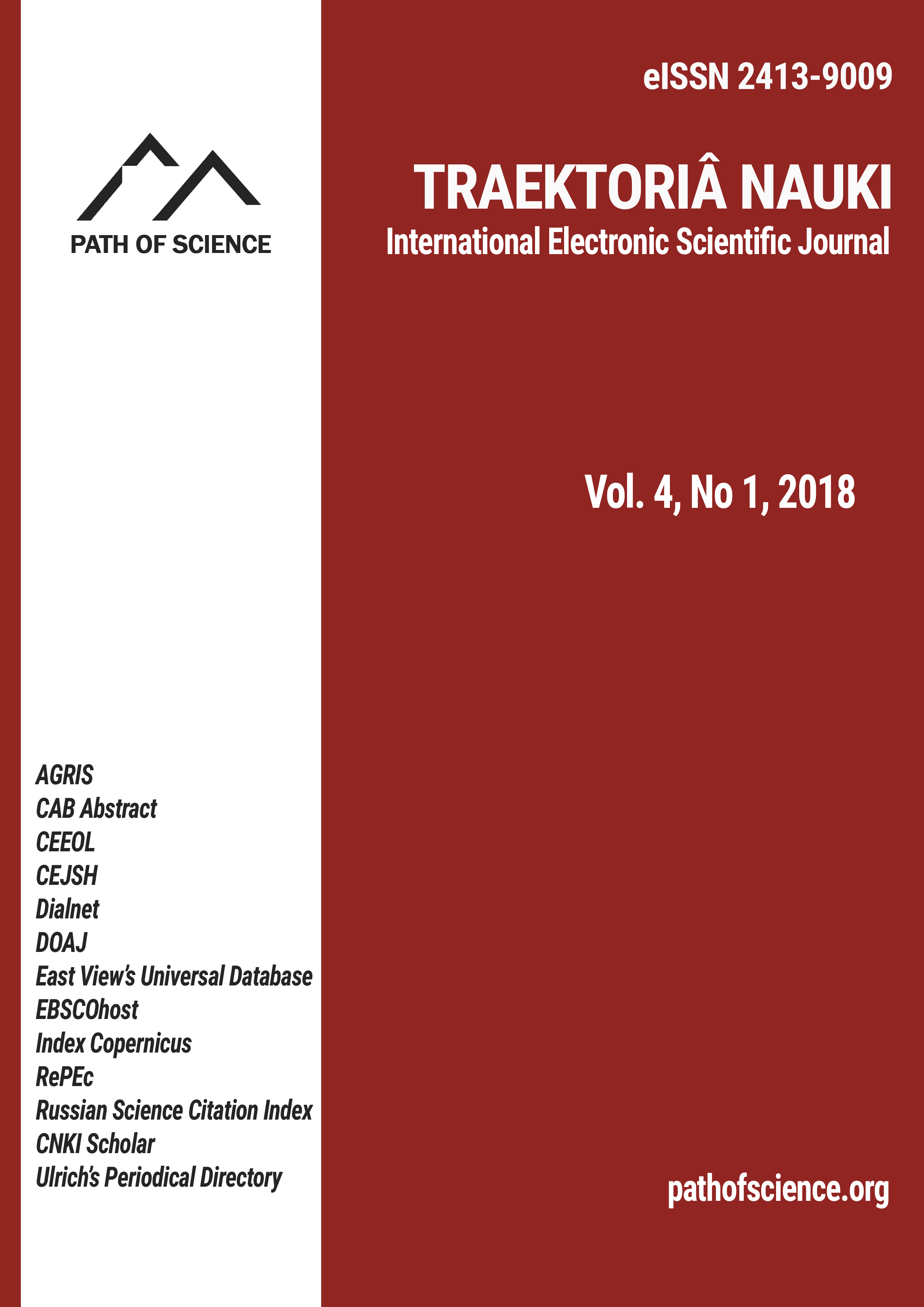Діагностика та мінімізація ризиків бізнесу та державного замовника у системі публічних електронних закупівель
Diagnostics and Minimization of Business Risks and the State Customer in the System of Public e-Procurement
Author(s): Oksana Klyuvak, Ruslan SkrynkovskyySubject(s): Economy, Public Finances
Published by: Altezoro, s. r. o. & Dialog
Keywords: business; public e-procurement system; diagnostics; risk; risk management; correction of price;
Summary/Abstract: The purpose of the article is to develop the diagnostics of the system of public e-procurement in terms of the risks of its subjects and to develop an approach to minimize the risk associated with changes in the purchase price. It is determined that the most widespread risks in the public e-procurement system in Ukraine, classified on the basis of a subjective approach, are: 1) a conspiracy of participants in the tender process; 2) insufficient level of professionalism; 3) change of purchase price. It has been determined that risk management in the system of public e-procurement should be understood as the diagnostic process (identification, analysis, evaluation), prevention, minimization and elimination of the risks of the customer, supplier and common risks in the stages of post-accession, tender and post-tandem procedures in order to balance financial and legal interests of the state and business. It is established that calculation of the correction of the purchase price (taking into account macroeconomic fluctuations) should take into account the following elements (components): 1) commodity-material element (direct commodity-material expenses as of the base date (opening of a tender offer) and on the date of delivery or start of implementation of the state order); 2) the human element (labor costs (average wage), qualification upgrading by the base date (opening a tender offer) and as of the date of delivery or start of execution of the state order); 3) an element related to other attendance costs (costs of bank servicing of payments, the amount of duty in the case of export-import operations, logistics costs as of the base date (opening a tender offer) and as of the date of delivery or start of execution of the state order); 4) fixed item (percentage in % of purchase price). The prospect of further research in this direction is to improve the system of polycriterial diagnostics of the activities of enterprises, taking into account the presented research results.
Journal: Traektoriâ Nauki
- Issue Year: 4/2018
- Issue No: 01
- Page Range: 1022-1032
- Page Count: 11
- Language: Ukrainian

